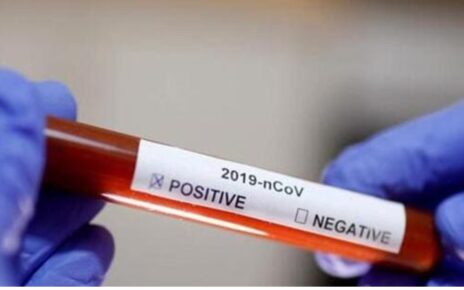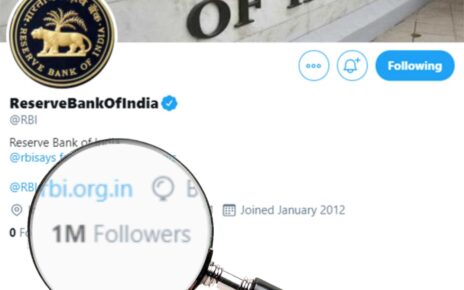Did you know that spam emails, unread emails, and unwanted emails all contribute to carbon emissions?
At first glance, digital messages appear to save resources. Unlike traditional letters, no paper or stamps are required and nothing needs to be packaged or transported. Most of us assume that using mail requires little more than the electricity used to power our computers.
It’s easy to overlook the invisible energy usage involved in running the network (and maintaining the entire physical infrastructure behind it) – particularly when it comes to sending and storing data.
Here’s the information that you needed to know:
Every single mail in every single inbox in the world is stored on a server. The incredible quantity of data requires huge server farms – gigantic centres with millions of computers which store and transmit information. These servers consume massive amounts of energy, 24 hours a day, and require countless litres of water, or air conditioning systems, for cooling. The more messages we send, receive and store, the more servers are needed – which means more energy consumed, and more carbon emissions.
As calculated by Eco2 Greetings, text-based emails emit about 4 grams of CO2e (carbon dioxide equivalent). The source also estimates that an average year of emailing emits about 136 kilograms of CO2e, which is about the same impact as driving 200 miles in a gas-powered car. But according to Science Focus, sending an email uses about 1.7% of the energy it takes to deliver a paper letter, proving that email is definitely a more eco-friendly option than snail mail. The outlet also worked out that sending 65 emails is equivalent to driving a mile in your car in terms of energy.
Here are some good email habits that you can adopt:
1. Search and destroy: Once a month, scan your inbox for old, unnecessary e-mails that you can delete. Pay particular attention to those with bulky attachments.
2. Take out the trash: Empty your Junk email folder regularly. (Some e-mail programs do this automatically. Check the settings on yours and choose a shorter storage period if necessary.)
3. Manage your subscriptions: If you are subscribed to newsletters, reassess which ones you really need/enjoy reading.
4. Turn off social media notifications: If you receive notification e-mails from social networks such as Facebook, LinkedIn and Twitter, deactivate them unless you really need them. Most of the time, they just duplicate information you already receive directly through the network’s website or app.




